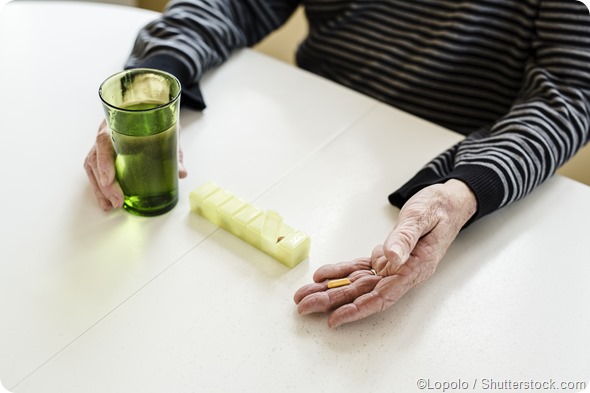A patient-centered medical home is a model of healthcare delivery that aims to optimize health outcomes by providing complete and continuous medical care to patients. It is a team-based approach that involves many different health professionals, including pharmacists among others, who work together to improve patient health.
The role of the pharmacist
The primary strengths of a pharmacist that can be utilized in medical homes are their superior knowledge of medications and the way they interact with each other and the body. They are able to understand drug interactions and pick up cases that are likely to or already experiencing the effects of a drug-related problem (DRP).
Pharmacists may work in a direct patient care setting, or in a team-based situation to provide advice to other members of the healthcare team about medications. They are not usually responsible for prescribing decisions but make recommendations for doctors to consider when devising the treatment plan of patients.
Pharmacists in care homes
Increasing demand for pharmacist integration
The population in developed countries such as the United States, the United Kingdom and Australia is aging. The proportion of people over the age of 65 is expected to increase to more than one-quarter of the Australian population by 2051, and very old people over the age of 85 are expected to make up for more than 5% of the population. However, these elderly people tend to live longer with a mild or moderate disability, which puts a greater demand on the primary health system.
There is currently a shortage of primary care practitioners, and this gap is expected to widen as the trend of elderly populations continues.
 In this context, the demand for pharmacist integration into medical homes is heightened, as they could help to bridge the gap between the number of patients needing care and physicians available. Their medication expertise is useful to improve patient outcomes, quality of care and affordability of the health system.
In this context, the demand for pharmacist integration into medical homes is heightened, as they could help to bridge the gap between the number of patients needing care and physicians available. Their medication expertise is useful to improve patient outcomes, quality of care and affordability of the health system.
Current pharmacist involvement
Some pharmacists are already employed in primary care sites and integrated into the management plan of medical homes. This usually involves several visits to the medical home, with scheduled consultations to detect medications-related problems and make the appropriate recommendations. In one study, pharmacists picked up an average of 3.36 issues and made an intervention for each patient seen.
Pharmacists are currently involved in many areas of the care given in a medical home such as:
- Reinforcement of lifestyle changes
- Encouragement of medication adherence
- Monitoring of symptoms and therapeutic response
- Provision of education about medications and health conditions
There has historically been some resistance to the integration of pharmacists into the team as decision-makers for patient treatment plans, due to concerns about maintaining the quality of care.
However, some recent research has indicated that attitudes may be changing and the majority of one study’s participants felt that the inclusion of pharmacists in the medical home care team led to an improvement in patient care quality. The results showed that the initial concerns of co-workers disappeared after several months of working together.
The integration of pharmacists into medical homes as a key member of a multidisciplinary team is thought to have a positive effect on patient care and reduced burden on general practitioners. Although continued research is recommended, integrating more pharmacists into the medical home care is likely to have a positive outcome.
References
- https://www.ncbi.nlm.nih.gov/pubmed/21382807
- https://www.ncbi.nlm.nih.gov/pmc/articles/PMC3869606/
- http://www.accp.com/docs/bookstore/psap/p7b08.sample02.pdf
- https://www.dovepress.com/the-role-of-the-pharmacist-in-patient-centered-medical-home-practices--peer-reviewed-article-IPRP
Further Reading
Last Updated: Feb 27, 2019